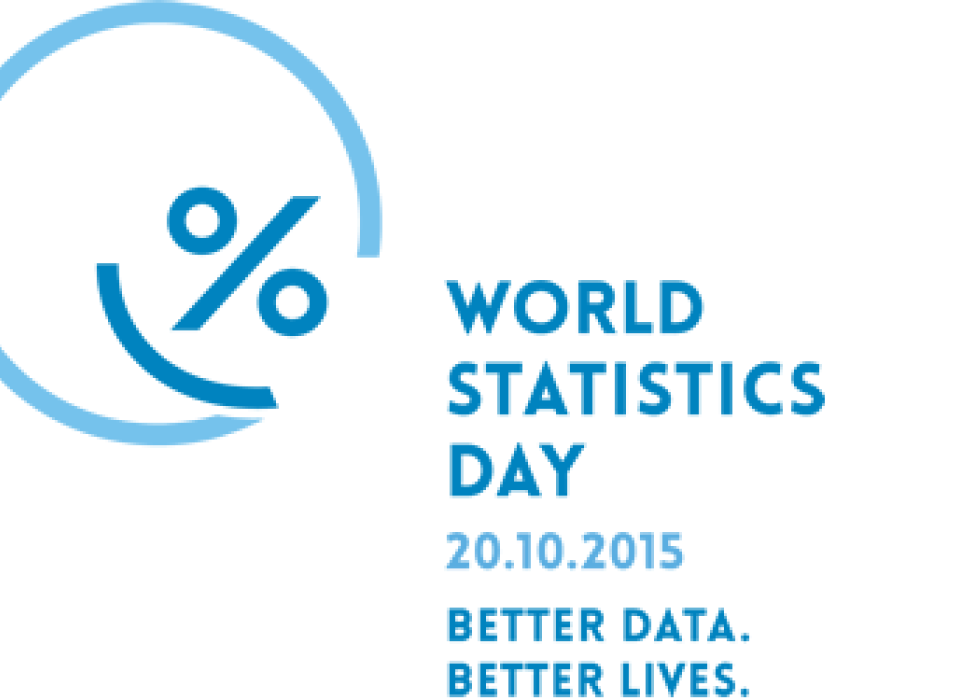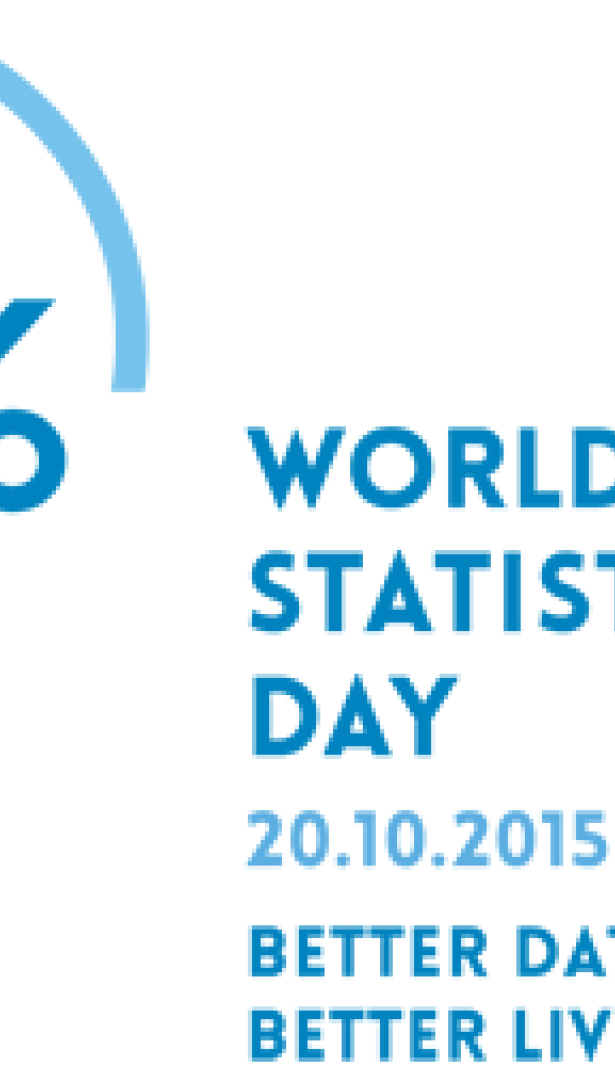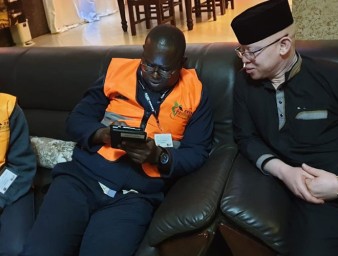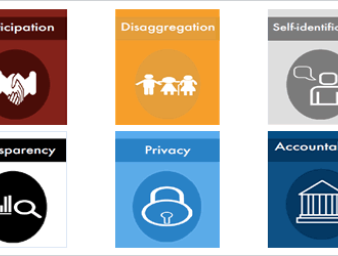Better data, better lives
20 October 2015

The observance of the second World Statistics Day on 20 October 2015 takes place at a time when global leaders have agreed upon a set of development targets that aim to reach a sustainable future for everyone everywhere on the planet. Their call for 2030: that no one is left behind.
A human rights-based approach to data and statistics - one that detects multiple and intersecting forms of discrimination towards a particular group thanks to disaggregated data - has much to offer in order to inform decisions that should better lives. The challenges in data collection for marginalized groups are even greater when these groups are ‘legally’ invisible: their existence is unrecognized or even criminalised by the State.
During a meeting organized by the UN Human Rights Office in Geneva that sought practical good examples on human rights and data collection, Dr Smarajit Jana spoke of his experience as Chief Advisor of the Durbar Mahila Samanwaya Committee, a sex workers’ collective in Calcutta, India.
His organization’s objective is to recognize sex workers in that country as workers in their own right, and access governmental development programmes entitlements for themselves and their children, such as health, education, housing and access to credit through financial institutions.
The collective began in 1992 when a HIV/AIDS prevention program was initiated in Calcutta. Sex workers put themselves at the centre stage of the programme because of their aspirations to end stigma and violence towards members in their profession, regain their human dignity and ensure a space and a voice for themselves in society. Past negative experiences of misuse of data collected on them had weakened their trust in research communities.
“The collective represents more than 60,000 sex workers in the state of West Bengal,” Jana said. “In India, more than 90 percent of sex workers have children and their main concern is centred around their children’s education and career building opportunities. Gradually they designed programmes for their children so they could be considered like any other citizen of the country.”
Out of the 700 staff in the HIV/AIDS programme, 85 percent represent the collective. Today, they run 49 clinics dedicated to sexual and reproductive healthcare and counselling.
“The Government felt very strongly that this collective had all the capacity to carry out not only its development elements but also could be very effective in collecting quality information and data by themselves because of trust within the community,” Jana added. “They are now part of the national policy making bodies to provide advice on how better monitoring and programme evaluation could be made.”
Freek Spinnewijn, Director of FEANTSA, a European umbrella organization of NGOs that provide shelter and temporary accommodation for homeless people, is trying to create more awareness amongst policy makers and the general public about homelessness and lobby the European Union to implement adequate policies, allocate funds and undertake research for the homeless cause.
“Homelessness is invisible because there is no data at the European level. Although in practice you see homeless people in every European city, in the statistical machinery of the European Union there is no trace of homelessness, and that is the biggest problem which explains why it is a poorly developed as a policy issue at the European level,” Spinnewijn said.
He pointed out that there are no aggregated numbers on homelessness or ‘profile’ data at the European level, unlike at the country level where data abound. The EU’s definition of homelessness, and how it is measured, can be summarized as people living in the rough and in homeless shelters. This narrow view creates census results such as in 2011 that claimed that 12 European countries had zero homeless people. Enormous undercounts thus create exclusion of homeless people from EU poverty targets.
Spinnewijn was contracted to research how to better use the data collected by individual service providers and created a methodology that remains at the experimental level. His organization talks of a ‘profile’ of homelessness: a harmonized definition which includes not only visible homelessness but also people living in healthcare or penal institutions; those living in unconventional dwellings; and homeless people living temporarily with family or friends, for example.
“An extrapolation can lead us to believe that there are 450,000 homeless people on any given day in Europe,” he revealed.
20 October 2015




